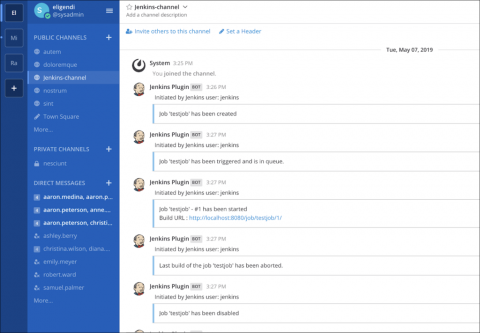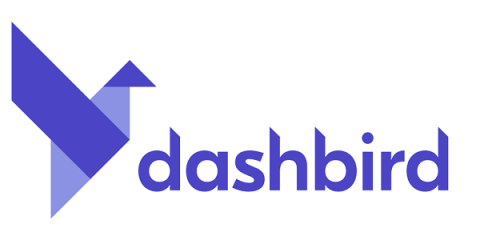Logs to Monitor for Security Analytics
DevOps, security, and SOC teams find themselves constantly facing new cyber threats, ever-evolving attackers, and innovative attack vectors. Their challenges range from protecting employees’ mobile devices to preventing malicious parties from accessing an organization’s financial data or customers’ personal information.










